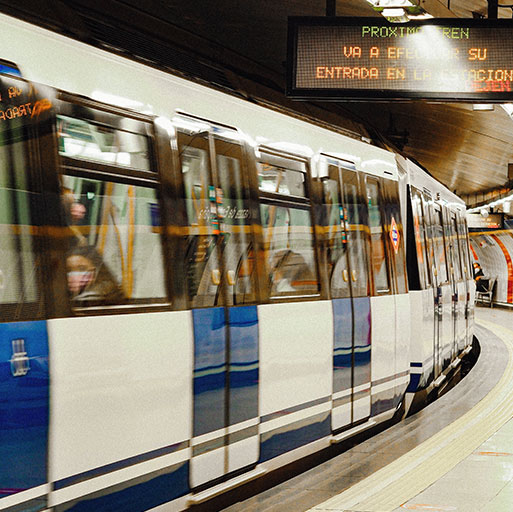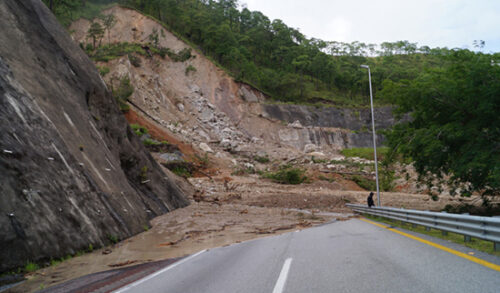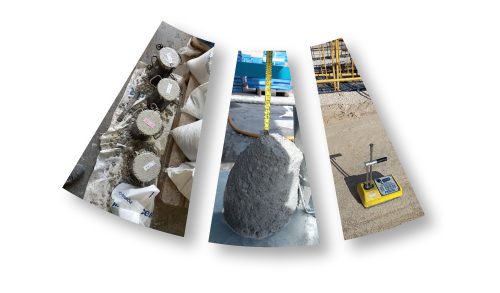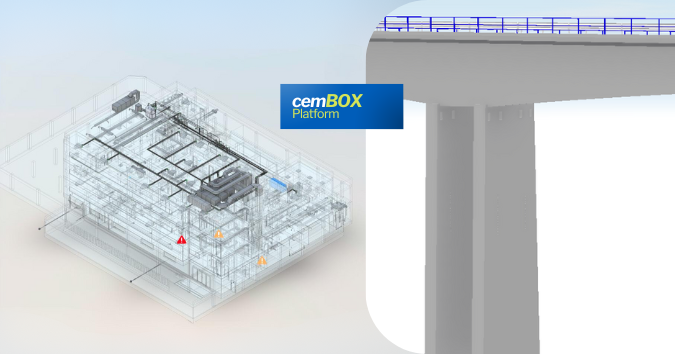
- Solutions for energy efficiency in buildings, including control systems and design of optimisation algorithms and energy balance.
- Operation and maintenance solutions for building energy systems based in BIM based Digital Twins.
- Advanced solutions for energy audits and energy savings assessment.
- Control and Technical Control of buildings.
- Energy flexibility solutions for optimization and exploitation in future markets.

The capabilities of this field:
- Advanced asset management and maintenance systems for linear transport infrastructures.
- Railway infrastructure engineering: track and platform, data analysis and degradation, predictive maintenance, maintainability (RAMS parameters) and life cycle analysis.
- Road engineering: pavement design, new product development, structural analysis, sustainable drainage systems, high performance monitoring, data and degradation analysis, predictive maintenance, maintainability (RAMS parameters) and life cycle analysis.
- Structural Health Monitoring.
- Data analysis-based models for passenger flow.
- Extreme events resilient transport infrastructures. Methodologies for the analysis and assessment of the resilience of the infrastructure. Strategies for resilience enhancement in the different stages of the infrastructure life cycle: planning, design & construction, operation & maintenance.
- Predictive models based on BIM/GIS based Digital Twins.
- Business Intelligence tools for transport infrastructure management.
In addition, in the railway area, CEMOSA is an Associate Member in the Shift2Rail initiative and a Founding Member in the Europe’s Rail initiative of the European Union.

- New processes and technologies for more sustainable solutions.
- Use of recycled materials in construction.
- Strategies for the extension of useful life of infrastructure assets.
- Non-destructive techniques for quality control.
The R&D department does not carry out research tasks related to the manufacturing of new construction materials, or is involved with the improvement of the properties of existing ones that can be subject to evaluation by the Notified Body CEMOSA.


CEMBOX is one of the key outcomes of this research line. CEMBOX is a level four Digital Twin platform according to AUTODESK classification. This technology is adaptable to various devices, offering near real-time (NRT) monitored data, allowing users to access accurate and detailed information about their projects at all times. Moreover, CEMBOX provides an interactive, intuitive, and multilingual 3D representation, making information access and analysis easier. Thanks to these capabilities, the platform significantly enhances decision-making and optimizes the operational efficiency of infrastructures. With CEMBOX, users can centrally and efficiently manage and monitor the entire lifecycle of their assets, empowering complete project digitalization


